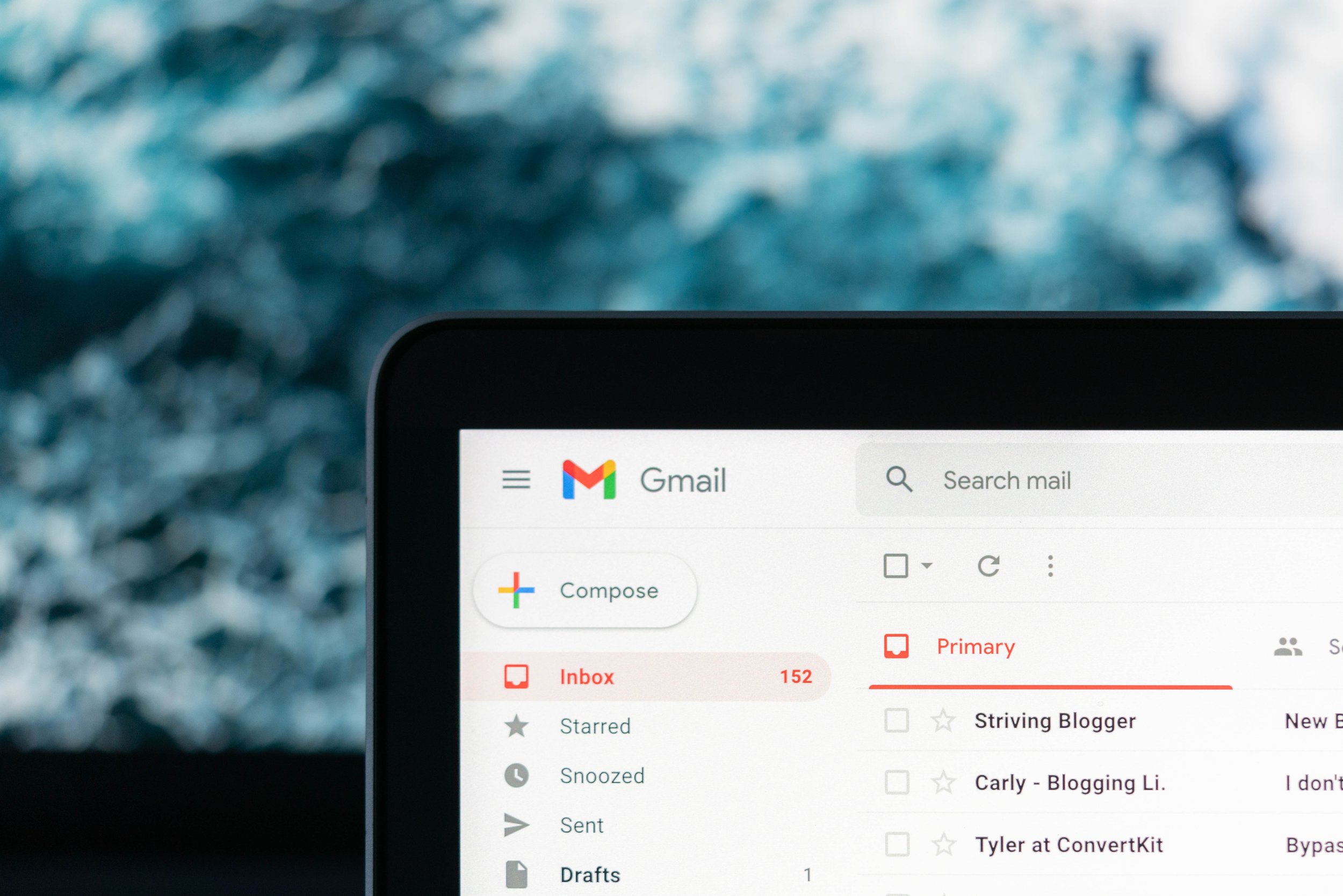5 Tips to Take Control of Your Inbox
In this lesson, you’ll learn about email overload and its impact on your productivity and work performance. Then, we’ll look at five practical tips for taking control of your inbox.
Course Length: 8 minutes
In this lesson, you’ll learn about email overload and its impact on your productivity and work performance. Then, we’ll look at five practical tips for taking control of your inbox.
Course Length: 8 minutes
In this lesson, you’ll learn about email overload and its impact on your productivity and work performance. Then, we’ll look at five practical tips for taking control of your inbox.
Course Length: 8 minutes
Within this instructional session, you will gain insights into the concept of email overload and its repercussions on your work efficiency and performance. Subsequently, we will examine five pragmatic recommendations aimed at empowering you to manage your email inbox more effectively.
The prevalence of email overload is a common challenge that many individuals encounter in their professional endeavors. The overwhelming influx of emails can have a detrimental effect on your productivity, impeding your ability to complete tasks promptly. This, in turn, can hinder your overall work performance and create unnecessary stress.
To address this issue, we present five actionable strategies to regain control over your email management. Firstly, establishing a regular schedule for checking and responding to emails can prevent the constant interruption caused by an incessantly open inbox. This ensures that you allocate specific time slots for email-related activities, allowing you to concentrate on other tasks outside those periods.
Secondly, adopting a systematic approach to organizing your inbox is essential. Implementing folders, labels, or categories enables you to sort and prioritize incoming emails effectively. This simplifies the process of locating important messages and prevents valuable information from being buried amidst the clutter.
The third approach involves setting concise and precise subject lines for your outgoing emails. Doing so not only aids recipients in understanding the email's content promptly but also facilitates quicker responses. This contributes to smoother communication and reduces unnecessary back-and-forth exchanges.
Fourthly, practicing the art of unsubscribing from irrelevant or redundant mailing lists minimizes the influx of non-essential emails. This declutters your inbox and prevents time wastage on sorting through messages that hold no relevance to your work responsibilities.
Lastly, mastering the art of the two-minute rule is invaluable. If an email can be addressed and resolved within two minutes, it is advisable to attend to it immediately rather than postponing it. This swift action prevents a backlog of quick tasks from accumulating over time.
In conclusion, recognizing the challenges posed by email overload and implementing these five practical strategies can significantly enhance your email management skills. By incorporating these methods into your routine, you can mitigate the negative impact of email overload on your productivity and work performance.






